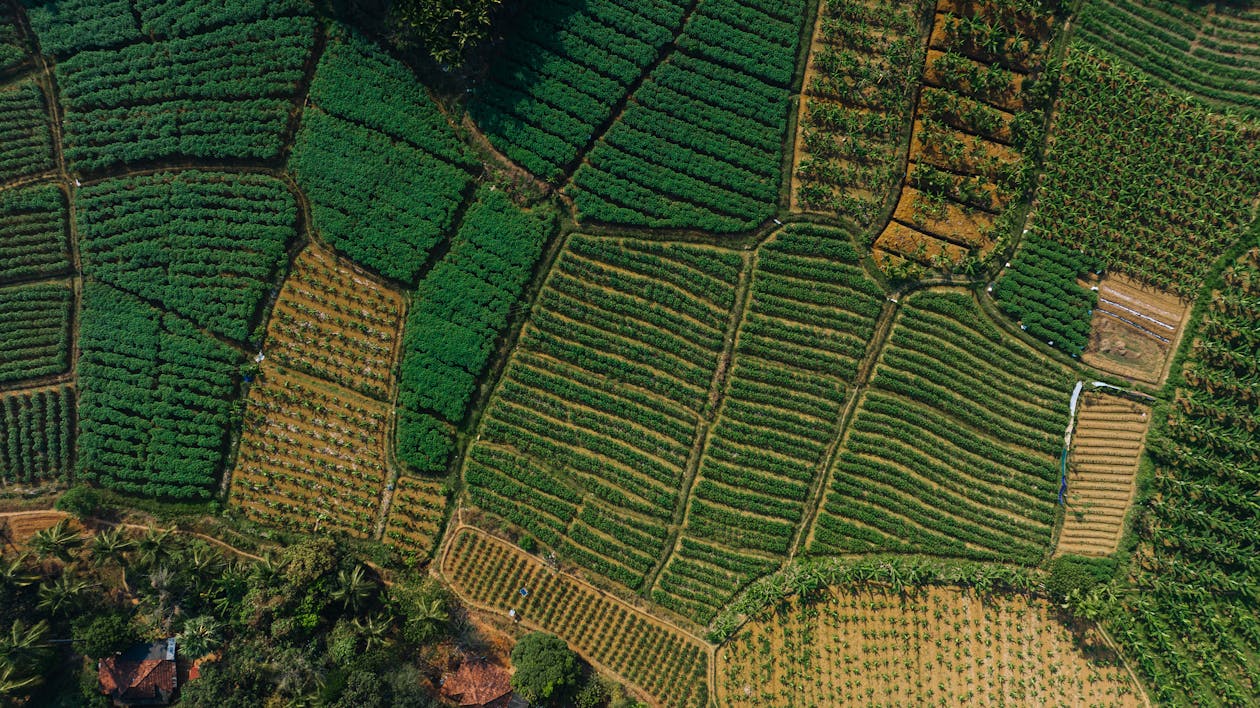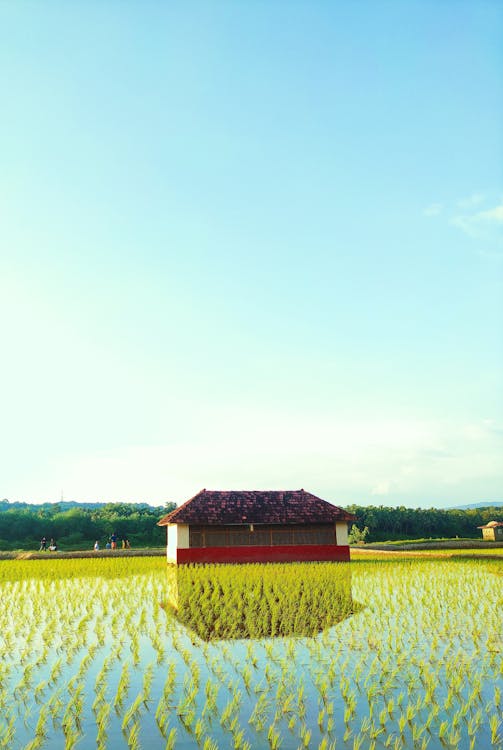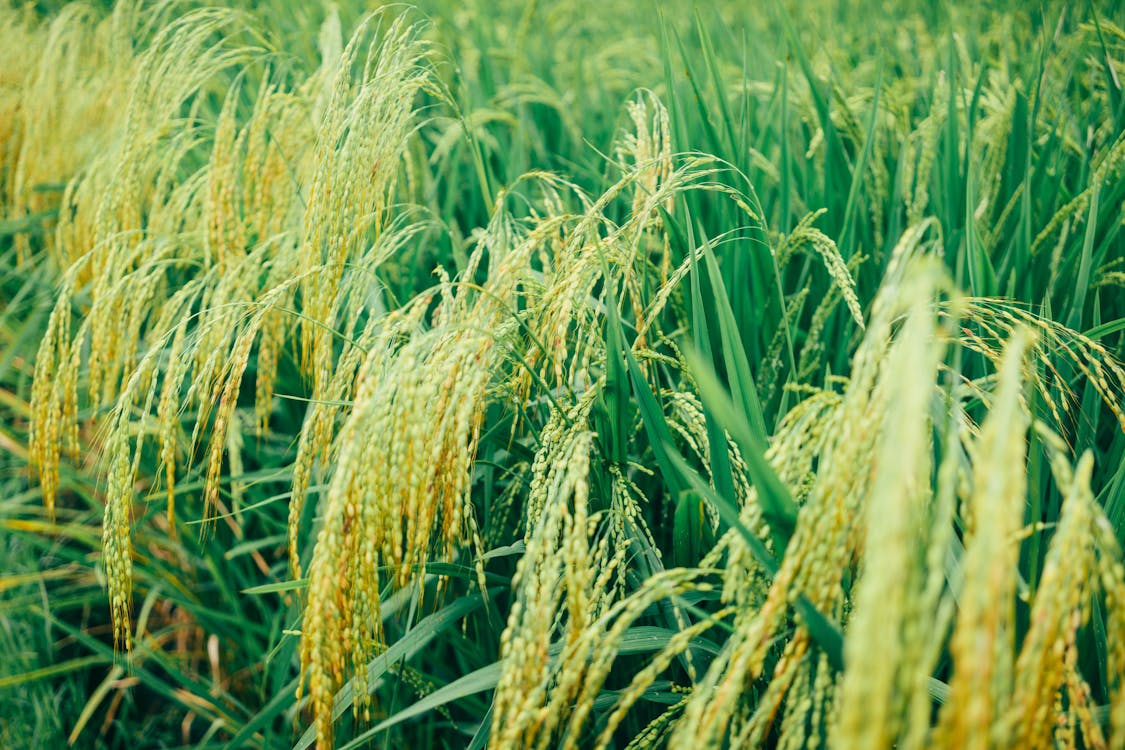The Kuttanad Region: The 'Rice Bowl of Kerala'
The Kuttanad region of Kerala, known as the 'Rice Bowl of Kerala,' holds immense agricultural significance. It is one of the few places globally where farming occurs below sea level. The region's history is rich and fascinating, stretching back to ancient times when it was a forested area during the rule of the Chera dynasty. A devastating fire once ravaged these forests, leading to the area being called ‘Chuttanad’ or burnt spot. The central part of Kuttanad was inundated with drainage water from the Vembanad Lake and Meenachil River, presenting a formidable challenge for farming.

Transformation Through Visionary Leadership
The transformation of Kuttanad into a fertile agricultural region is primarily attributed to the visionary efforts of Mr. Joseph Murickan, affectionately known as the 'Kayal Raja' or 'King of the Lake.' Facing significant challenges, especially after the post-World War II famine, Murickan saw potential where others did not. He was inspired by the Travancore king, Chithira Thirunal, who offered a tax exemption for those who could bring new cultivable land into existence. This encouragement spurred Murickan to embark on an ambitious project to make the waterlogged lands arable.
Overcoming Challenges
Murickan carefully studied the nature of the lake and identified that by creating ridges and pumping out water, the soil beneath could be made suitable for cultivation. Previous attempts to reclaim the land in 1865 and 1888 had failed, making his task even more daunting. However, his determination and innovative approach led to a breakthrough in 1940 when he successfully cultivated paddy in the backwaters. This significant achievement turned Kumarakom Village into a thriving hub of paddy cultivation on reclaimed Kayal Lands.
The Golden Era and Subsequent Struggles
Murickan's success in cultivating paddy filled the granaries of the Travancore Royal Family. In a gesture of loyalty, he named the reclaimed fields after members of the royal family. Despite this agricultural success, the local people remained largely exploited, unable to enjoy the fruits of their labor. This exploitation led to a farmers' uprising in 1954, demanding fair distribution of land and farming rights.
Land Reforms and Redistribution
In 1972, the Land Reforms Act initiated the redistribution of the vast lands held by the Murickan family. By 1975, during the Communist Government led by EMS Namboodiripad, 1600 acres were redistributed to 1580 farmers, marking a significant step towards justice and empowerment for the local agricultural community.
Murickan's Legacy
Despite his mixed legacy, Murickan showed humanity by addressing the needs of his workers. For instance, he dug a freshwater pond near the Chithira Church to provide clean water using a natural purification system. His contributions to agriculture were later recognized by the Food and Agriculture Organization of the United Nations, which formalized his work as the Kuttanad Below Sea Level Farming System (KBSFS).
The Kuttanad Below Sea Level Farming System
Today, over 50,000 hectares of restored delta marshes form the Kuttanad Below Sea Level Farming System (KBSFS), which includes Karapadam (upland rice fields), Kayal (wetland rice fields), and Kari (land covered with black coal-like material). This system is celebrated for its biodiversity, ecosystem services, and the livelihoods it supports, making it a unique agricultural model recognized globally.
The KBSFS stands out for its exceptional contribution to the preservation of biodiversity and ecosystem services, which include numerous livelihood functions for nearby populations. This agricultural model reflects the rich agricultural heritage and innovative spirit of the Kuttanad region.

The Story of Resilience and Innovation
The story of Kuttanad and Joseph Murickan is one of resilience, innovation, and continuous struggle for equity. It embodies the spirit and challenges of agricultural development in Kerala. Murickan's pioneering efforts transformed a waterlogged region into fertile agricultural land, providing a livelihood for thousands and contributing significantly to the local economy.
Despite facing numerous challenges, including skepticism from peers and resistance from established powers, Murickan's vision and perseverance paved the way for significant agricultural advancements. His work not only increased agricultural output but also inspired future generations of farmers to innovate and adapt to changing environmental conditions.
Modern-Day Kuttanad
Today, the legacy of Joseph Murickan lives on in the thriving agricultural practices of Kuttanad. The region continues to be a major rice-producing area, contributing to Kerala's food security. The unique below sea level farming practices have become a model for sustainable agriculture in similar environments worldwide.
Farmers in Kuttanad have also diversified their crops, incorporating vegetables, fruits, and other high-value crops into their farming systems. This diversification has helped improve the resilience of the agricultural community, providing them with multiple income streams and reducing their dependence on a single crop.

Conclusion
The Kuttanad region's transformation from a waterlogged forest to the 'Rice Bowl of Kerala' is a testament to human ingenuity and perseverance. The efforts of visionaries like Joseph Murickan have left an indelible mark on the region, showcasing the potential for agricultural innovation and sustainable development.
As we look to the future, the lessons learned from Kuttanad's history continue to inspire efforts to improve agricultural practices, promote food security, and ensure equitable distribution of resources. The story of Kuttanad and its pioneering farmers serves as a powerful reminder of the impact that visionary leadership and community resilience can have on transforming landscapes and livelihoods.

